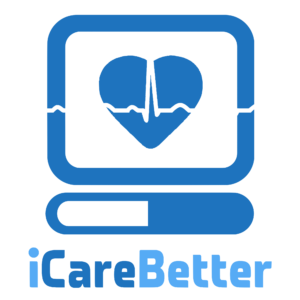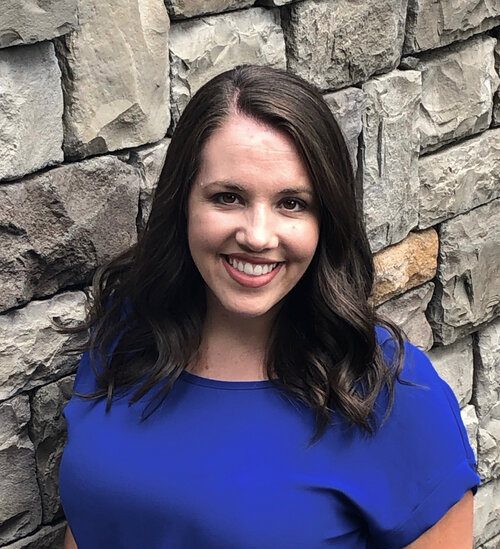
Jessica Reale, PT, DPT
Visit types: Office/Hospital, and Virtual
Spoken languages: English
Interpreting services for other languages: Yes
Philosophy of care and typical treatment strategies:
I believe most people with endometriosis require a multidisciplinary approach. I work with amazing excision specialists and other physicians specializing in pelvic pain. As far as physical therapy, my approach is guided by current evidence in pain-science. My goal is to help people move more freely with less pain. I love yoga and use many of these movements in my practice. I also enjoy gentle manual therapies. I use a variety of manual therapy techniques including visceral mobilization, myofascial release, scar tissue mobilization, connective tissue mobilization, positional release techniques, cupping, and dry needling. I also help patients through behavioral education and coaching for mindfulness, meditation and optimizing bowel, bladder and sexual health. I use both external and internal techniques, and my goal is to help my patients learn self-care strategies and optimize their health.
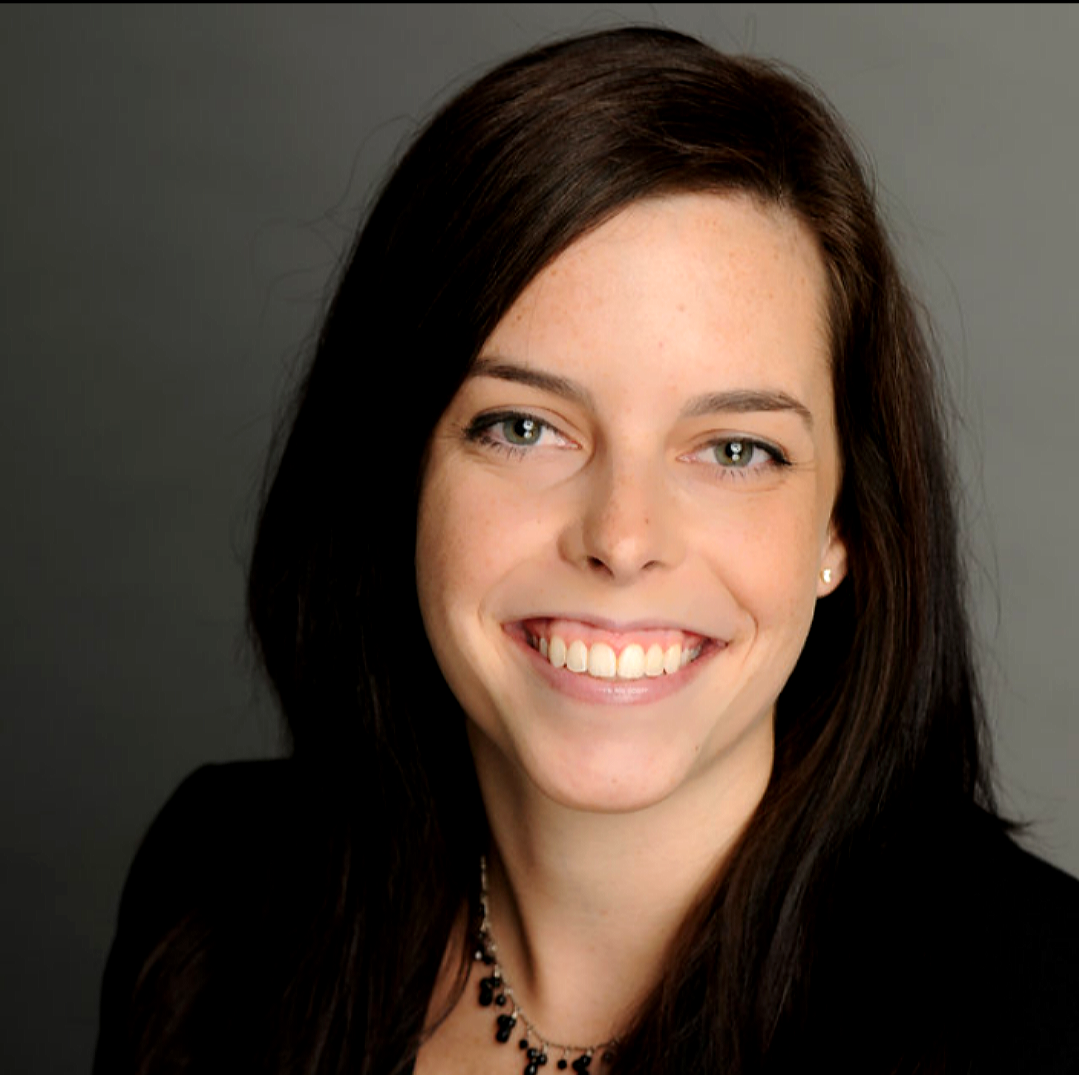
Caitlyn Rumsey, PT, DPT
Visit types: Office/Hospital
Philosophy of care and typical treatment strategies:
As a pelvic health physical therapist who also has endometriosis, I believe I offer a unique perspective for treatment with a personal connection. I truly empathize with all the aspects of life touched by endometriosis and pelvic pain. My practice offers holistic evaluation and treatment looking beyond the pelvis at the movement system from head to toes. The care is patient-centered with the patient as a crucial part of the healthcare team. I help my patients to navigate their care and value autonomy with healthcare education. Individuals with endometriosis often have overactive nervous systems and responses. It is important to use gentle treatment modalities for the sensitized system. This may include external and internal myofascial work, yoga, breathwork, and desensitization of the nervous system.
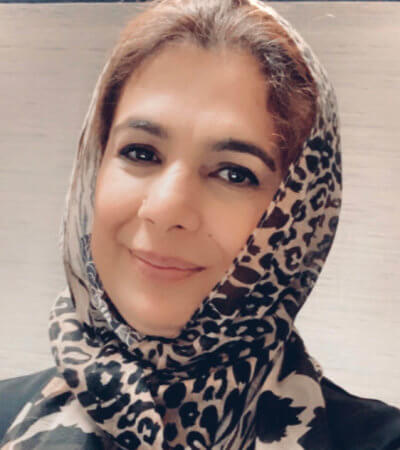
Shaista Ambreen, PT, DPT
Visit types: Office/Hospital
Philosophy of care and typical treatment strategies:
I believe PT can play a greater role in treating endometriosis patients. We can apply many techniques to overcome the issues related to Endometriosis.

Terri Sullivan, PT, DPT
Visit types: Office/Hospital
Spoken languages: English
Interpreting services for other languages: No
Philosophy of care and typical treatment strategies:
I would probably call myself a ‘Jane of all Trades’ as I have learned several different specialties to help a variety of patients. Now, as a physical therapist with 20+ years’ experience, I have settled into devoting my skills to helping women with pelvic floor issues. I also have a very strong background in orthopedic physical therapy, which not only helps in women’s health but makes me versatile and able to assess a multitude of injuries and conditions. When caring for my clients, I listen closely to formulate the most effective way to address their concerns and improve their function. I like to address the whole musculoskeletal system during treatment. Everything is connected and can be a cause of source of a patient’s problem. Lastly, I am an exuberantly happy person, and I will try to make your session not only beneficial, but fun. Regarding treatment of endometriosis, I use a multimodal approach to help my patient with their issues. After performing a thorough examination, I design a plan of care that is discussed with the patient. Sessions can include manual therapy (myofascial release, soft tissue mobilization and visceral mobilization), postural education, functional and movement retraining, exercises, pain management, and nutritional considerations.
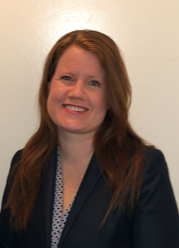
Mary Hughes-Johnson, PT, DPT
Visit types: Office/Hospital, At Home
Spoken languages: English
Interpreting services for other languages: No
Philosophy of care and typical treatment strategies:
I am a manual therapist who focuses mainly on myofascial release techniques, in order to improve tissue mobility and progress with strengthening when tolerated.
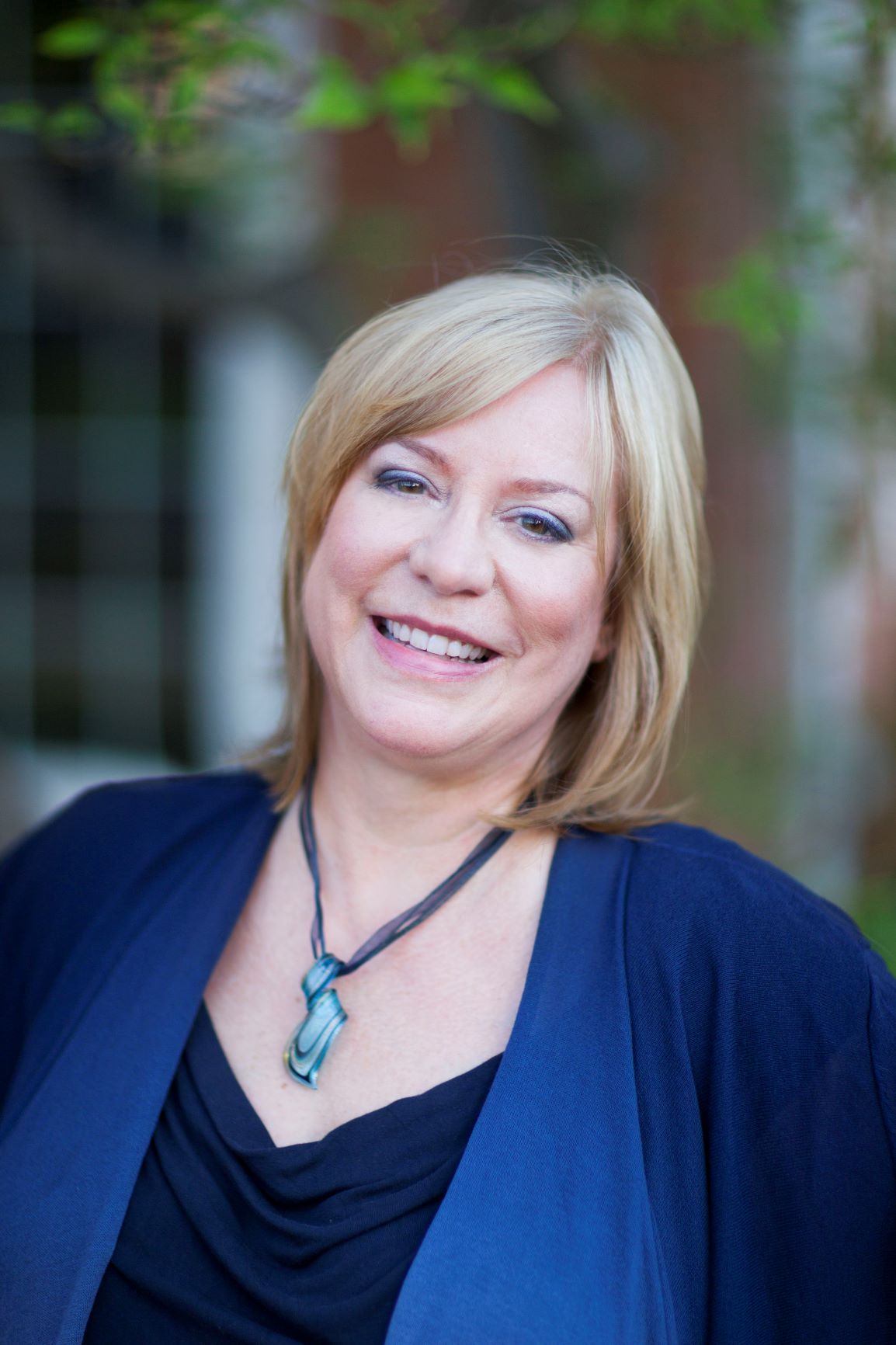
Susan Clinton, PT, DScPT
Visit types: Office/Hospital, Virtual
Spoken languages: English
Interpreting services for other languages: No
Philosophy of care and typical treatment strategies:
I take an integrated holistic Biopsychosocial approach for individualized care for the client. I keep up to date with the current literature of movement science and employ a full-body approach to the movement system and NOT a regional approach. Considerations for my clients are within the biology of the person including cardiovascular (optimizing HR, HRV), neurology (HPA axis, gut-brain connections, Autonomic NS and motor planning/brain protection and neuroscience of pain application, mindfulness/meditation, neural tension, and the peripheral NS), Endocrine (Nutrition, Life-style as medicine, sleep optimization and other factors to help with endocrine optimization), Musculoskeletal (Movement system optimization, exercise balance, loading/strengthening and soft tissue techniques for tissue changes, scar) and Visceral System (optimization of the urinary and GI system functioning, respiratory with breath/voice optimization and CV/ANS as above – including visceral mobilization). My practice is patient-centered with the goal to facilitate my clients return to self-efficacy and care with facilitated communication with the entire health care team.

Andrea Wood, PT, DPT
Visit types: Office/Hospital
Spoken languages: English
Interpreting services for other languages: Yes
Philosophy of care and typical treatment strategies:
My philosophy includes helping individuals with endometriosis learn tools to help live a better quality of life throughout the course of treatments and lifespan. I also integrate nervous system down training through breathing techniques and manual therapy, while promoting healthy movement for overall wellness. I believe in a team relationship with my patients in working together to improve their function.
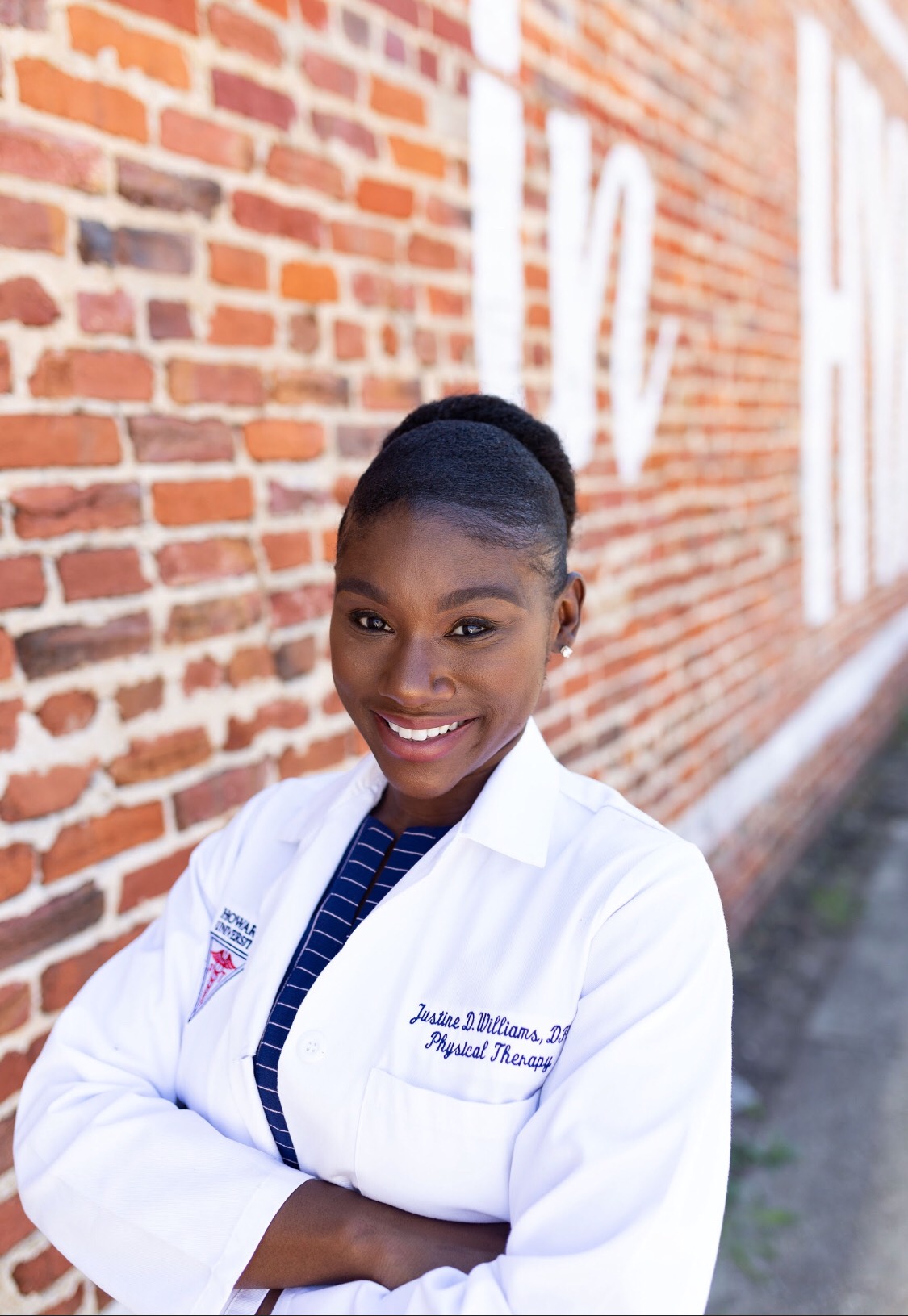
Justine Roper, PT, DPT
Visit types: Office/Hospital
Spoken languages: English
Interpreting services for other languages: Yes
Philosophy of care and typical treatment strategies:
Our lead therapist, Dr. Justine Roper PT, DPT is a certified women’s pelvic specialist & pelvic floor therapist. She has dedicated her life to offering innovative ways to heal her patients’ bodies of pain and other dysfunction through alternative methods. From sexual dysfunction to pelvic pain, many of her patients are impacted by both physical ailments as well as mental health issues. We focus heavily on functional goals established by our patients in order to endow them with autonomy over their treatment plans. Some specific techniques that we use for our patient population affected by endometriosis include visceral mobilization, myofascial release,”breathwork”/breathing techniques, & functional training.
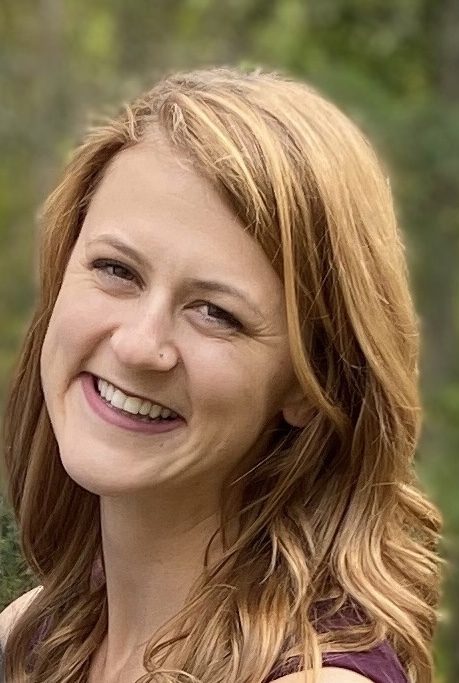
Justine Payne, PT, DPT
Visit types: Office/Hospital, At home
Spoken languages: English, Español
Interpreting services for other languages: Yes
Philosophy of care and typical treatment strategies:
The appropriate care and management of individuals with endometriosis and/or adenomyosis have been a passion of mine since I first began working in pelvic health, and through all the experiences I have been so fortunate to have had patients I have learned the importance of a holistic, evidence-based, patient-centered, team approach to the management of these horrendous and all too often misunderstood disorders.
Coming from a strong neurorehabilitation background and having been trained as a yoga teacher as well, I prioritize the treatment not only of the musculoskeletal system via flexibility training, strength training (mainly via pilates and yoga), manual therapies (including myofascial release, soft tissue mobilization, and dry needling, externally and internally if needed) and functional mobility but also the nervous system as a whole. I am a firm believer that the autonomic nervous system plays an intimate role in the management of chronic pain and functional gastrointestinal disorders and use meditation, pranayama, yoga, dry needling, grounding techniques, myofascial release, and aerobic conditioning to improve the functioning of the ANS. I also utilize visceral mobilization in my practice but have not undergone the advanced trainings as of this date (i.e. Barral Institute, Herman & Wallace, etc.).
Above all, providing each and every patient with the education that they need regarding these diseases to make informed decisions along providing trauma-informed care are the two most important cornerstones of my practice. As I say to all of my patients, although you are in my clinic you are the boss of your own body and I will always be respectful of your wishes.
————–
Spanish
Primero en aclarar todos esos acrónimos que denotan mis credenciales: Doctor en Terapia Física, Especialista Clínico Neurológico Certificado (APTA), Especialista Certificado en Rehabilitación Pélvica (Herman & Wallace), Profesor de Yoga Registrado (Yoga Alliance 200 horas), Certificado de Punción Seca (Master Punción seca).
La atención y el manejo adecuados de las personas con endometriosis y / o adenomiosis ha sido una de mis pasiones desde que comencé a trabajar en salud pélvica. A través de todas las experiencias que he tenido la suerte de haber tenido con los pacientes, he aprendido la importancia de un enfoque de equipo holístico, basado en la evidencia y centrado en el paciente para el tratamiento de estos trastornos horrendos y, con demasiada frecuencia, incomprendidos.
Con una sólida formación en la rehabilitación neurológica y con una formación como profesora de yoga, priorizo el tratamiento no solo del sistema musculoesquelético a través del entrenamiento de flexibilidad, entrenamiento de fuerza (principalmente a través de pilates y yoga), terapias manuales (incluida la liberación miofascial, masaje y punción seca, externalmente o internalmente si es necesario) y movilidad funcional, pero también el sistema nervioso en su conjunto. Creo firmemente que el sistema nervioso autónomo juega un papel íntimo en el manejo del dolor crónico y los trastornos gastrointestinales funcionales y utilizo la meditación, pranayama, yoga, punción seca, técnicas de conexión a tierra, liberación miofascial y acondicionamiento aeróbico para mejorar el funcionamiento del ANS. También utilizo la movilización visceral en mi práctica, pero no he recibido entrenamientos avanzados a esta fecha (es decir, Barral Institute, Herman & Wallace, etc.).
Sobre todo, brindar a todos y cada uno de los pacientes la educación que necesitan con respecto a estas enfermedades para tomar decisiones informadas junto con brindar atención informada sobre el trauma son los dos pilares más importantes de mi práctica. Como digo a todos mis pacientes – aunque esta en mi oficina, siempre Usted es la jefa (o jefe, dependiendo en su idendidad de género) y siempre respecto sus deseos.
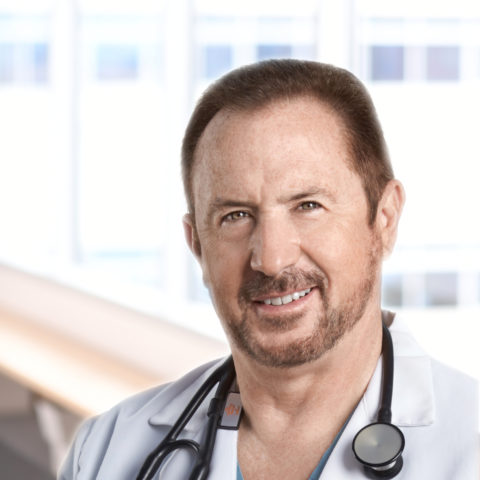
Dr. Steven Vasilev
Dr. Steven Vasilev MD
MBA FACOG FACS FACN ABIHM ABOIM
Medical Director, G.O. Institute Los Angeles
Complex Gynecology, Oncology & Minimally Invasive Robotic Surgery, Endometriosis Specialist
City: Santa Monica, Beverly Hills & San Luis Obispo, CA, USA.
Dr. Steven Vasilev is a renowned minimally invasive pelvic and abdominal surgeon who pioneered complex laparoscopic and robotic surgery, with over 30 years of experience treating endometriosis and cancer . Known as the go-to surgeon for advanced disease, he often takes on cases deemed inoperable by others. He is a surgeon supporting other excision surgeons due to his board certification to operate on all abdominal and pelvic organs. Having performed thousands of advanced complex surgeries, he has taught hundreds of residents, fellows, and colleagues these specialized techniques as faculty and professor at UCI, USC, UCLA, City of Hope, and Loma Linda. Dr. Vasilev is the only physician triple board-certified in the United States in Ob-Gyn, Oncology, and Integrative & Holistic Medicine. This background and experience are surgically unsurpassed and support his multidisciplinary holistic approach to endometriosis. Above all, he is well-known among his patients as a down-to-earth, compassionate listener.
Please watch the short informative video in the upper left corner of this profile.
Philosophy:
In addition to being a doctor and surgeon, I am a clinical researcher and translational scientist. We are studying the molecular behavior of endometriosis in our laboratories. Endometriosis theories suggest multiple causes, and each thesis
contributes to factors likely tied together at the molecular genetic level. Identification of endometriosis molecular and immunomodulatory pathway biomarkers will soon lead to better non-invasive diagnostics, accurate monitoring, and effective therapies beyond the baseline of expert excisional surgery and hormonal manipulation. I focus on this and the uncommon but clear overlap with malignancy in older endo patients or those with a family history.
Surgical excision is a critical cornerstone for endo diagnosis, initial treatment, and re- excision of recurrence or pain-producing fibrosis. My philosophy is to be fully informed and prepared, no matter the findings, through optimal pre-operative imaging and testing. Fortunately, my unique training and board certifications permit surgery on all abdominal or pelvic organs, including small and large bowel, ureters, bladder, liver, and diaphragm. If disease is suspected beyond these organs, such as the chest, we have expert cardiothoracic and neurosurgeons ready to join a multi-disciplinary surgery. Having used both laparoscopy and robotics in thousands of surgeries over three decades, including the hardest of the complicated surgeries, I firmly believe that the far superior 3-D camera optics and articulating or wristed “tiny hands” instruments used in robotics are better than traditional laparoscopy for all but the simplest of cases. When complicated anatomy or scarring from endo and fibrosis is unexpectedly found, which is not uncommon because endo is intensely inflammatory, the ability to see better and use finesse instruments makes all the difference, especially in highly experienced hands.
Medication:
During the perioperative period, we use holistic ERAS-modified care, combined with integrative modalities such as acupuncture and acupressure, to allow faster recovery with lower narcotic use. We individually construct and coordinate a multidisciplinary consulting team of experts to manage pain, intestinal manifestations such as SIBO and pelvic floor dysfunction. We work with referring gynecologists regarding hormonal support but discourage using GnRH-based therapies. My board certification in Integrative Medicine uniquely injects additional options involving holistic care. An example is proactive estrobolome management to lower systemic estrogen levels naturally.
Approach to Persistent Pain:
Both pre- and post-operatively, I strongly encourage pelvic floor therapy and pain specialist consultation and follow-up. The genesis of endo-induced pain can be due to endometriosis implants and peripheral visceral and parietal peritoneal nociception, fibrosis, direct nerve impingement, pelvic floor dysesthesia, or central sensitization. A very individual approach is vital to the best management plan. In primary and persistent pain situations, each of these “medicalese” terms is discussed in detail to craft the best possible personalized plan. Finally, as noted above, I am a board-certified integrative medicine practitioner and thus apply Eastern thought such as acupuncture, mind-body strategies, and personal nutritional counseling and interventions.
Dr. Steve’s Articles:
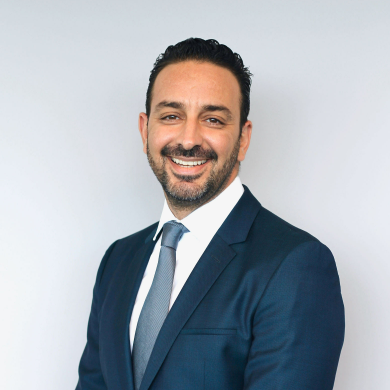
Dr. Nadim Hawa
Dr. Nadim Hawa, M.D.
Endometriosis Specialist, Minimally Invasive Gynecologic Surgeon.
City: Leesburg, VA, USA
Philosophy: Multiple factors. Combination of in Sito development and endometrial transplantation. I do not believe there is only one type of endometriosis. Different origins hence different differentiation, behavior, and clinical impact. Same as fibroid. Why you have one solitary fibroid vs the bag of marbles of a uterus. Different gene expression and different behavior.
Medication: Medication and hormonal suppression serve only to relieve symptoms but not treat the disease. By stopping the dynamic motion of the uterus with suppression, you limit the superficial peritoneal inflammation and cause symptomatic relief, but you will not affect the deep lesions. since they produce their own estrogen and pro-inflammatory mediators. .I use IUD and usually insert intraoperatively after the excision surgery if the patient e desires birth control. GnRH agonist/antagonist are harmful and I do not use them
Approach to Persistent Pain: Surgery alone is not enough. Pelvic floor therapy is as important as surgery, for long term recovery.
A second excision is usually advised.
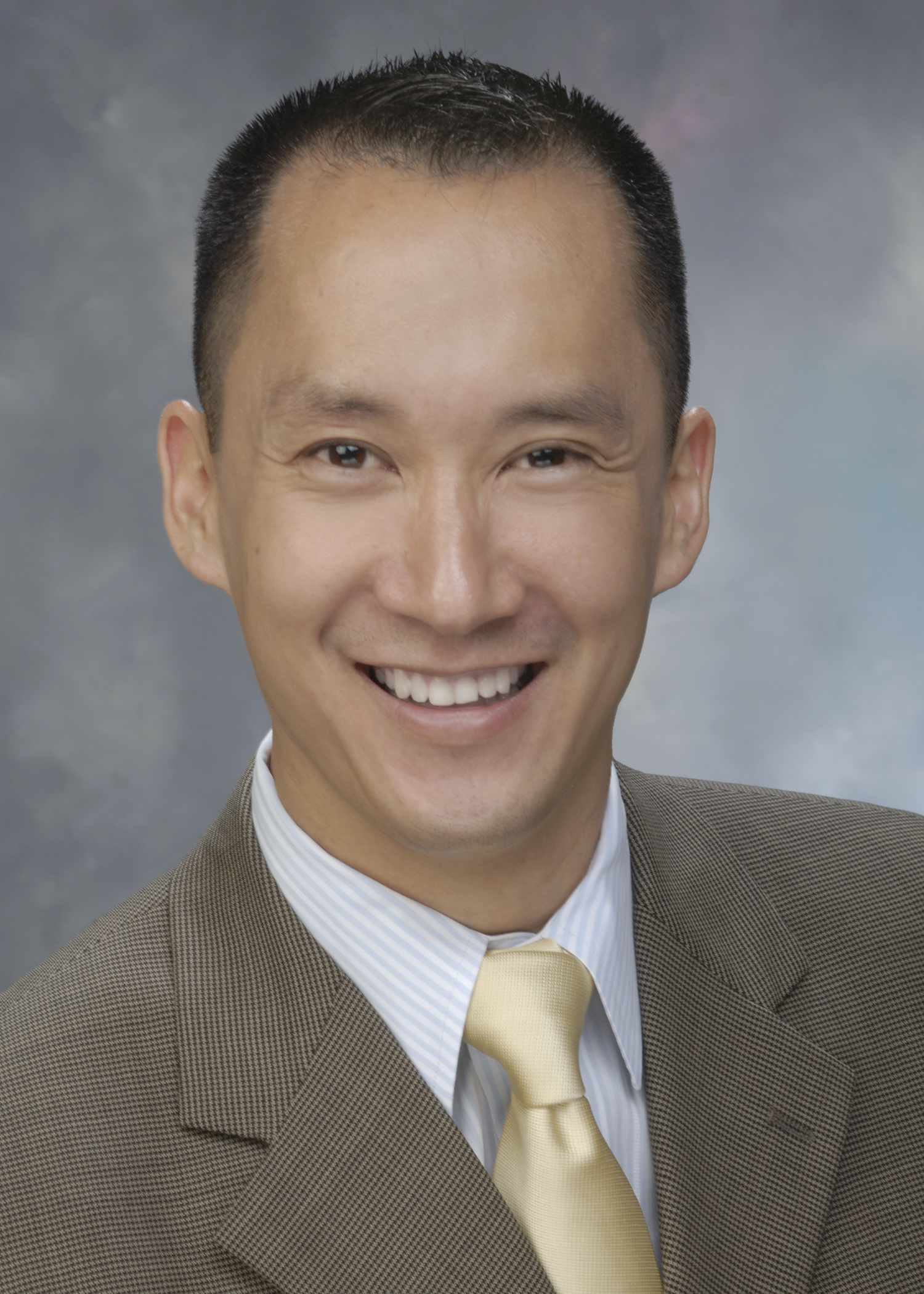
Dr. Patrick Yeung Jr
Dr. Patrick Yeung Jr, M.D.
Endometriosis Specialist, Minimally Invasive Gynecologic Surgeon
City: St. Louis, MO, USA
Philosophy: Metaplasia or maybe stem cells. I agree with Dr. Redwine that the retrograde menstruation theory is probably one of the most problematic areas in our understanding of endometriosis and leads people to make statements or hold ideas that just biologically are not true (like hysterectomy or inducing amenorrhea will somehow treat endometriosis).
Medication: I rarely, if ever, use or recommend hormonal suppression, which at best is symptomatic relief; I think that hormonal suppression does nothing to the actual disease (it certainly does not dissolve it or get rid of it), has not been shown or proven to prevent progression, does NOT help (later) fertility, and can have serious side effects.
I do NOT recommend postoperative hormonal suppression to prevent progression or recurrence if I think that optimal excision has been achieved. So I am committed to achieving optimal excision at the time of surgery.
Approach to Persistent Pain: If a patient has had optimal excision, then endometriosis as a source of pain should be at the bottom of the list of potential symptoms, though not off the list. Other sources of pain should be investigated first before revisiting the issue of endometriosis-associated pain or at least in thinking that another surgery would be helpful. The uterus itself could also be a source of pain.
Since incorporating a more global or comprehensive approach to pain, our rate of repeat surgery for endometriosis has gone from 40% to 6%.
If surgery is to be repeated, I like to try to do something different than what was done the first time, in the hopes of a different outcome.

